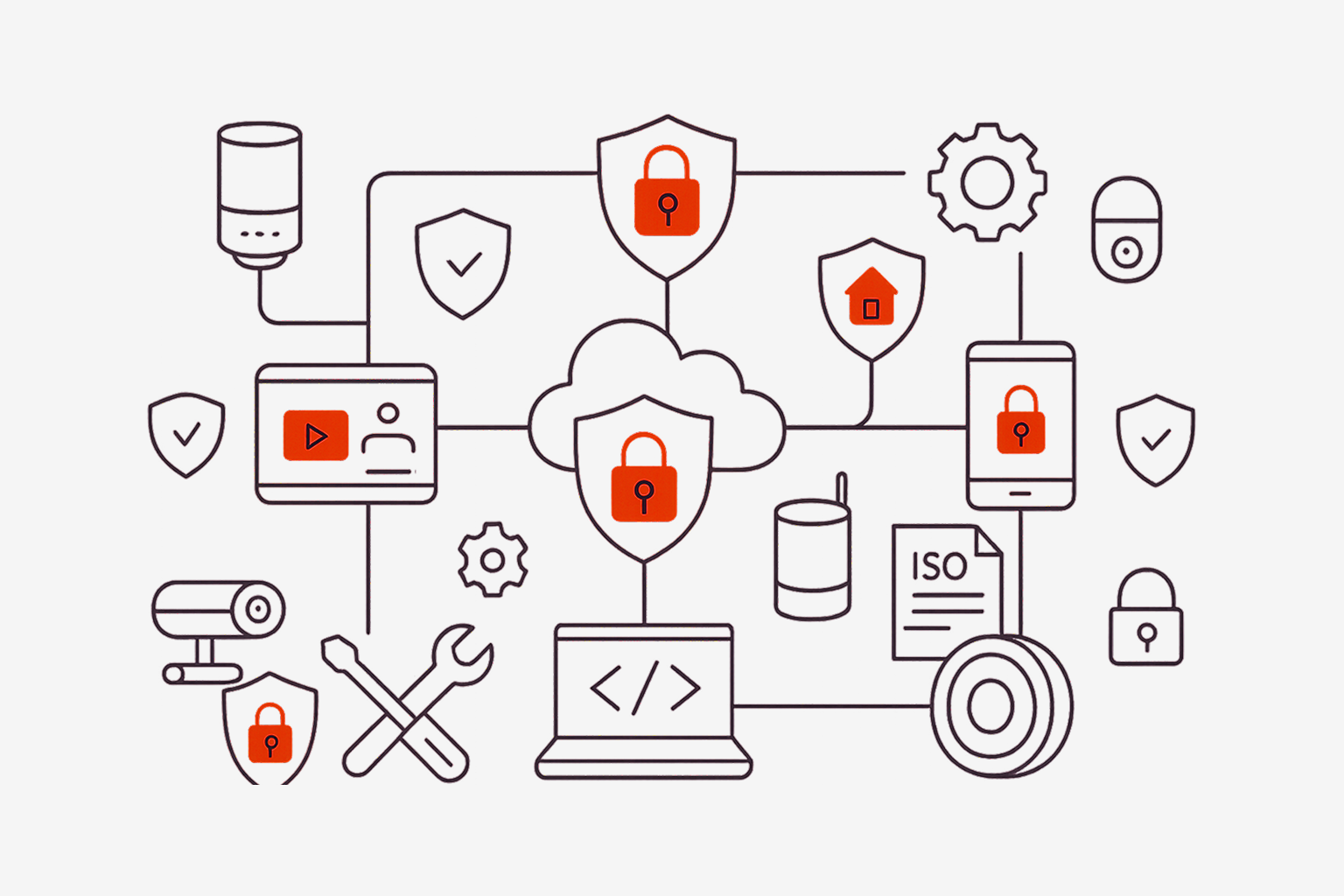Scaling Security: How Automation Makes it Possible to Manage 10+ Device Variants and Updates Securely
Successful IoT products have a long shelf life, diversified use cases, each with regional variants, custom firmware, and a dizzying number of updates. For Product and Engineering Managers, this diversity pays the bills but is a nightmare for security assessments.
The core challenge? Scaling security to match your product's complexity.
If your team is still relying on manual, point-in-time penetration testing, every new product variant, every minor firmware update, and every regional configuration change adds exponential overhead. This leads to a dangerous trade-off: compromising on the depth or frequency of testing to meet tight launch deadlines.
This is where automated security testing becomes indispensable, transforming a scaling liability into a competitive advantage, especially in a B2B context like industrial systems.
The Complexity Crisis: Why Manual Testing Fails at Scale
Managing an IoT portfolio of ten or more device variants, each with its own software lifecycle, creates a massive security debt. Here are the three most common points of failure for a manual approach:
Inconsistent Coverage: A single, manual penetration test is expensive and time-consuming. You can't afford to run a full test on every minor firmware release or regional variant. This leaves gaps, creating an unknown and potentially brittle security posture across your product line.
Slow Time-to-Patch: When a critical vulnerability (like the next Log4j) is discovered in a shared component, you need to verify and deploy patches across all affected devices immediately. Manually testing ten different firmware versions takes weeks, leaving your entire fleet exposed during the most critical window.
Documentation Headaches: For example, in IEC 62443-4-1 required by many buyers nowadays, Practice V: Security Verification and Validation Testing (SVV) requires the product supplier to document test plans, test cases, and test results for functional security features. Generating this evidence manually for every variant/SKU is a big endeavour that drains resources.
The Automation Solution: Uniformity, Velocity, and Traceability
Automation offers a structured, repeatable, and non-linear solution to this scaling problem. It allows your team to achieve uniform security quality across the entire portfolio without sacrificing development velocity.
1. Running One Test Suite Across Ten Devices, Simultaneously
The real power of automation at Test of Things lies in its ability to verify the security statement of the device under test (DUT) over and over again. The security statement describes the device’s security posture desired state (all connections, open services, encryption etc) and the testing verifies that DUT still has the correct posture after changes. A single, comprehensive security test suite—covering authentication, encryption, services, and SBOM—can be configured once and executed against multiple different device variants and versions continuously over the life cycle of the product.
For the Product Manager: You gain confidence that your German industrial sensor variant, and your US one, are validated the same way every time to verify the security posture against the region specific standards automatically, guaranteeing customer safety, and brand integrity.
For the Engineering Manager: Your team avoids the costly process of executing security tests for every device variant. The engineering effort is spent once on creating the security statement, and the Test of Things platform handles the scaling.
2. Simplifying the Burden of Patch Management
Vulnerability and patch management is a never-ending cycle in IoT. Automation dramatically simplifies this by:
Continuous Monitoring: Integrating SBOM management into your build process means every new firmware build is immediately checked for regressions or new vulnerabilities introduced by third-party libraries.
Rapid Verification: When you issue a security update to address a vulnerability, the automated test suite can be executed against the patched system across all affected variants within hours, not weeks. This swift verification allows you to disclose vulnerabilities and deploy patches in a timely manner, fulfilling a key obligation under the CRA for example.
3. Compliance Traceability and Evidence Generation
For product managers focused on the European market, automation is the only way to meet the rigorous evidence requirements of the CRA efficiently.
An automated testing platform serves as a single source of truth:
It manages machine-readable Software Bill of Materials (SBOMs) for every build.
It records all test results and history linked directly to product variants and versions.
This audit trail proves that you have applied "effective and regular tests and reviews" of your product's security, significantly simplifying the conformity assessment process and reducing the risk of regulatory penalties.
Your Next Step: Making Automation the Default
If your product line is growing, manual security testing is a ticking time bomb.
To begin your transition to a scalable security model, focus on two key areas:
Adopt a DevSecOps Mindset: Push security responsibilities and automated testing tools into the hands of your developers and engineers, where vulnerabilities are cheapest to fix.
Standardize Your Test practices: Utilize automation platform that offers unlimited tests, verifies your products’ security posture for every variant and version, maps the results to regulatory and standard requirements (CRA, IEC 62443-4-2), and records it all, allowing you to achieve maximum confidence with minimum custom effort.
By embracing security automation, you are not adding a cost center—you are securing your product roadmap, future-proofing your business against customers required standards and EU regulation, and ensuring your brand's reputation for security remains a competitive edge.

